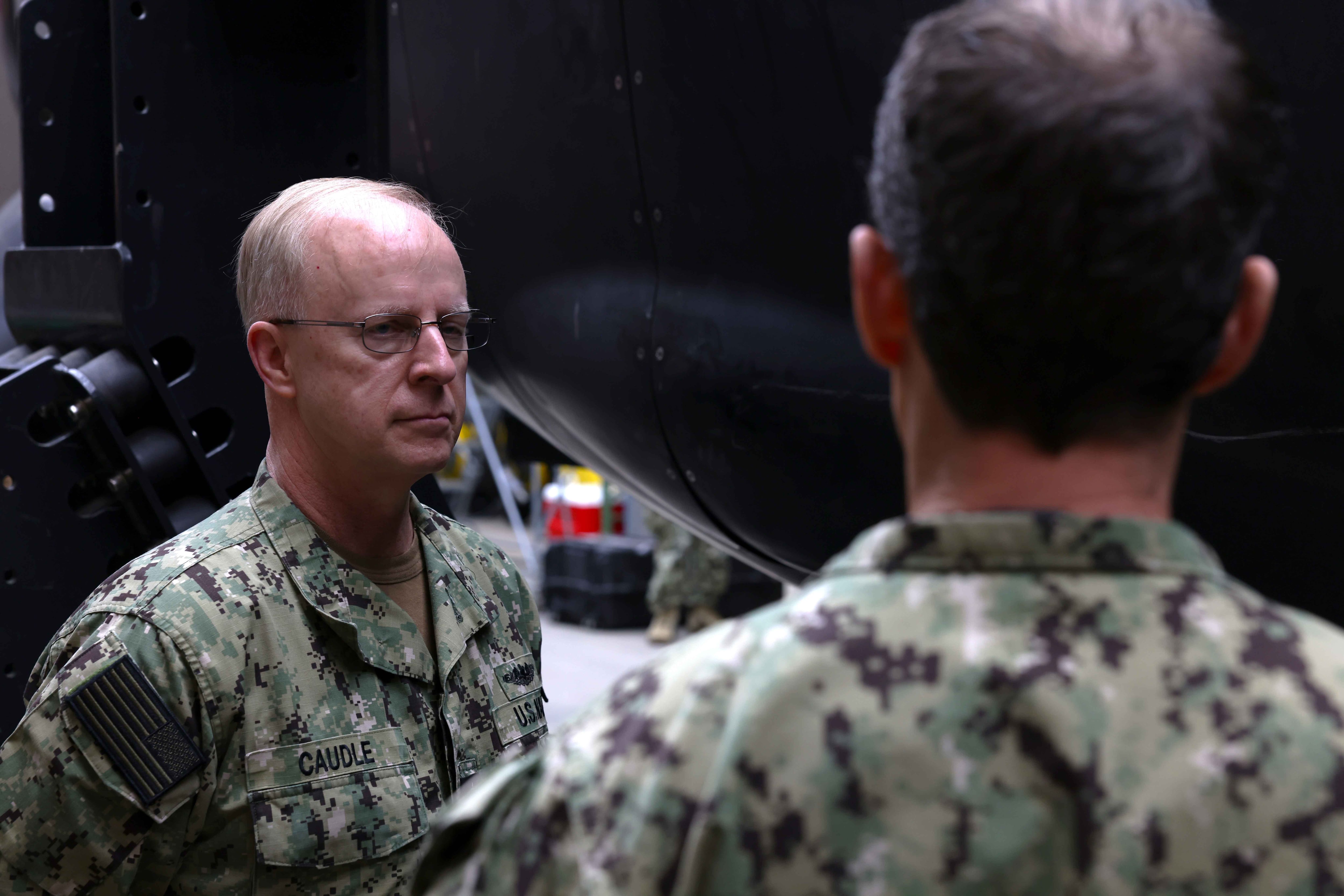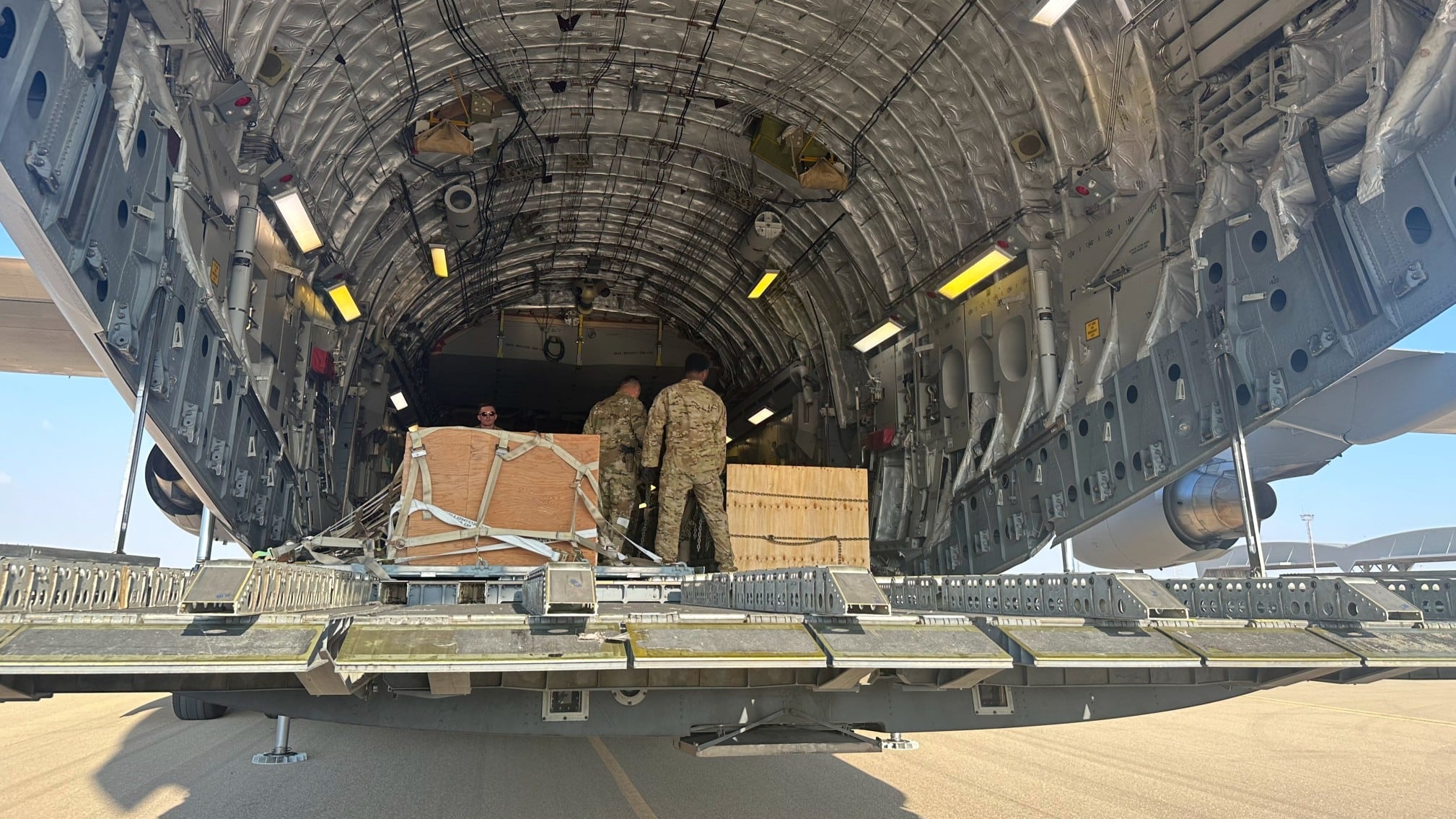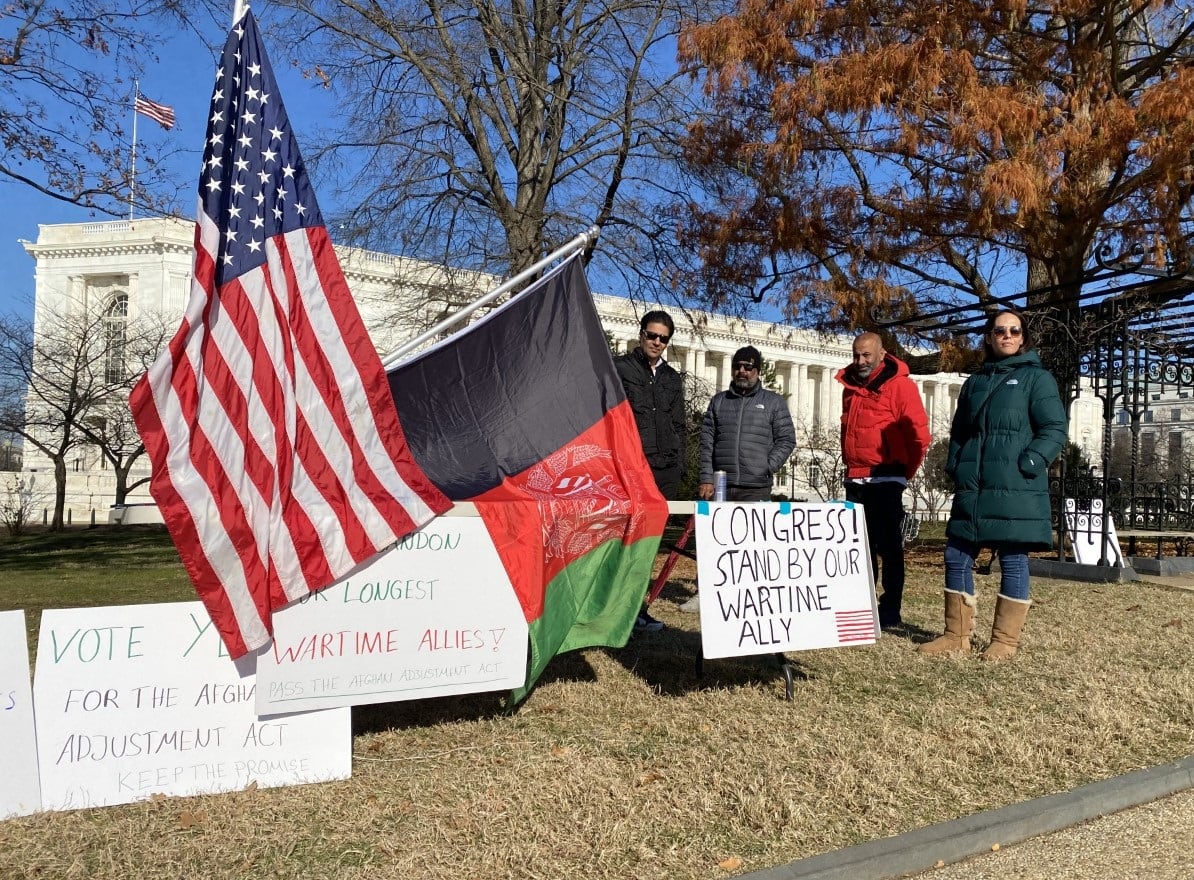A Hawaii-based Army brigade is now sweating and straining, crisscrossing the tropical terrain of Pacific islands as joint and partner units fly thousands of miles and fire on distant targets in a version of what a Pacific fight could look like.
The first Joint Pacific Multinational Readiness Center, or JPMRC, exercise of fiscal 2025 is underway, with more than 9,000 Army, joint service and partner nation forces, led by the 25th Infantry Division, maneuvering throughout Hawaii’s archipelago-like features as they conduct a forcible entry training exercise.
But this exercise is more than a standard combat training center rotation.
Soldiers with the 2nd Light Brigade Combat Team, 25th ID are one of three “Transformation in Contact” brigades selected by senior Army leaders to incorporate new equipment, tactics and formations into their unit training and deployment calendar.
RELATED
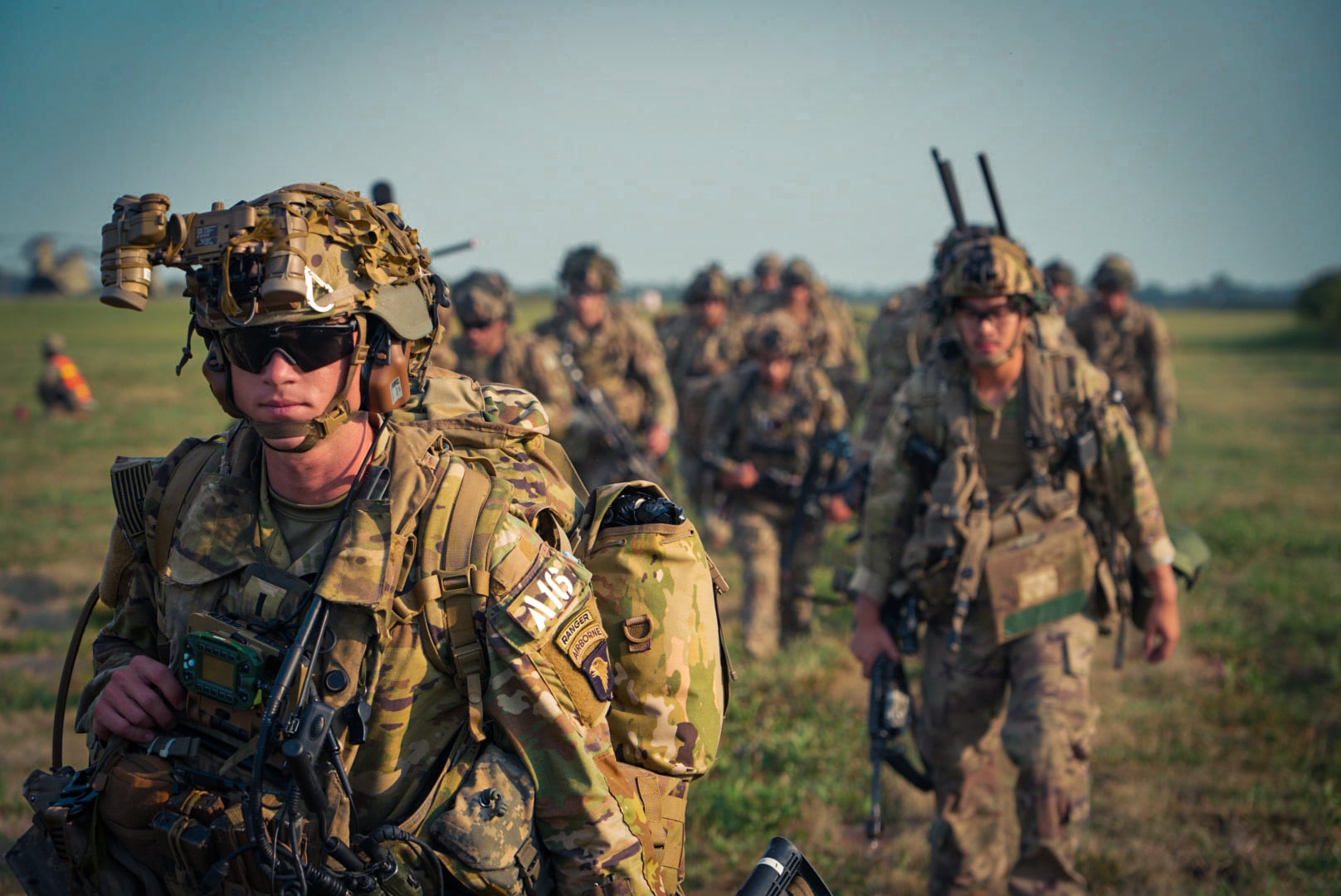
The rotation, running Oct. 7-16, features 3rd Brigade, 25th ID as the “enemy” force. Nine partner nations and all U.S. military branches are sending troops and capabilities for this island exercise that extends beyond the Aloha State’s borders to the Pacific island nations of Palau and Guam.
Assets involved in the 25th ID’s JPMRC rotation include:
- Nine partner nations: Australia, Indonesia, Japan, Malaysia, Maldives, New Zealand, Singapore, Thailand, United Kingdom.
- Army units: 5th Security Force Assistant Brigade; 11th Airborne Division; 17th Field Artillery Brigade; 1st Special Forces Group; 75th Ranger Regiment; 8th Military Police Brigade; Hawaii Army National Guard and Army Reserve units.
- Joint units: Air Force: Air Expeditionary Wing, Joint Air Component Coordination Element, Contingency Response Team; Marine Corps: Marine Aerial Refueler Transport Squadron 153, 1st Air Naval Gunfire Liaison Company, Marine Aircraft Group 24, Combat Logistics Company 33; Navy: cruiser-destroyer; Space Force: electromagnetic warfare support.
Source: 25th Infantry Division
The “light” part of the 2nd Light Brigade Combat Team’s title is intentional, as the 25th ID is prototyping a new formation setup. One of the key differences is that the dismounted infantry soldiers are no longer dismounted, with the brigade’s frontline troops using the Infantry Squad Vehicle, or ISV, to traverse JPMRC, providing rapid movement and envelopment options commanders of a dismounted unit simply don’t have.
Brig. Gen. Kevin Williams, division deputy commanding general for operations, said the brigade has another advantage: tips and tricks from a brother brigade that recently completed its own Transformation in Contact-focused maneuvers.
The 2nd Brigade, 101st Airborne Division, one of the three Transformation in Contact brigades, dubbed its prototype unit the Mobile Brigade Combat Team. It conducted its rotation at the Joint Readiness Training Center, or JRTC, in Fort Johnson, Louisiana, in August.
That rotation saw the development of the Multifunctional Reconnaissance Company, an offshoot of the original Multifunctional Reconnaissance Team built by the 75th Ranger Regiment.
Both versions are ways commanders can employ drones, mobile platforms such as the ISV, fewer soldiers, more commercial command and control equipment all to harass and drain the enemy with surprising strikes that they can’t detect ahead of time or counter before the unit has moved.
The 101st Airborne’s recent JRTC rotation included a long-range air assault and multiple joint forces.
In Hawaii, however, the ranges are far longer.
The 11th Airborne Division out of Alaska sent paratroopers more than 5,000 miles to Hawaii and Guam to support the multi-island exercise. Meanwhile, soldiers from the 75th Ranger Regiment are assisting with a rapid infiltration in Palau using the High Mobility Artillery Rocket System.
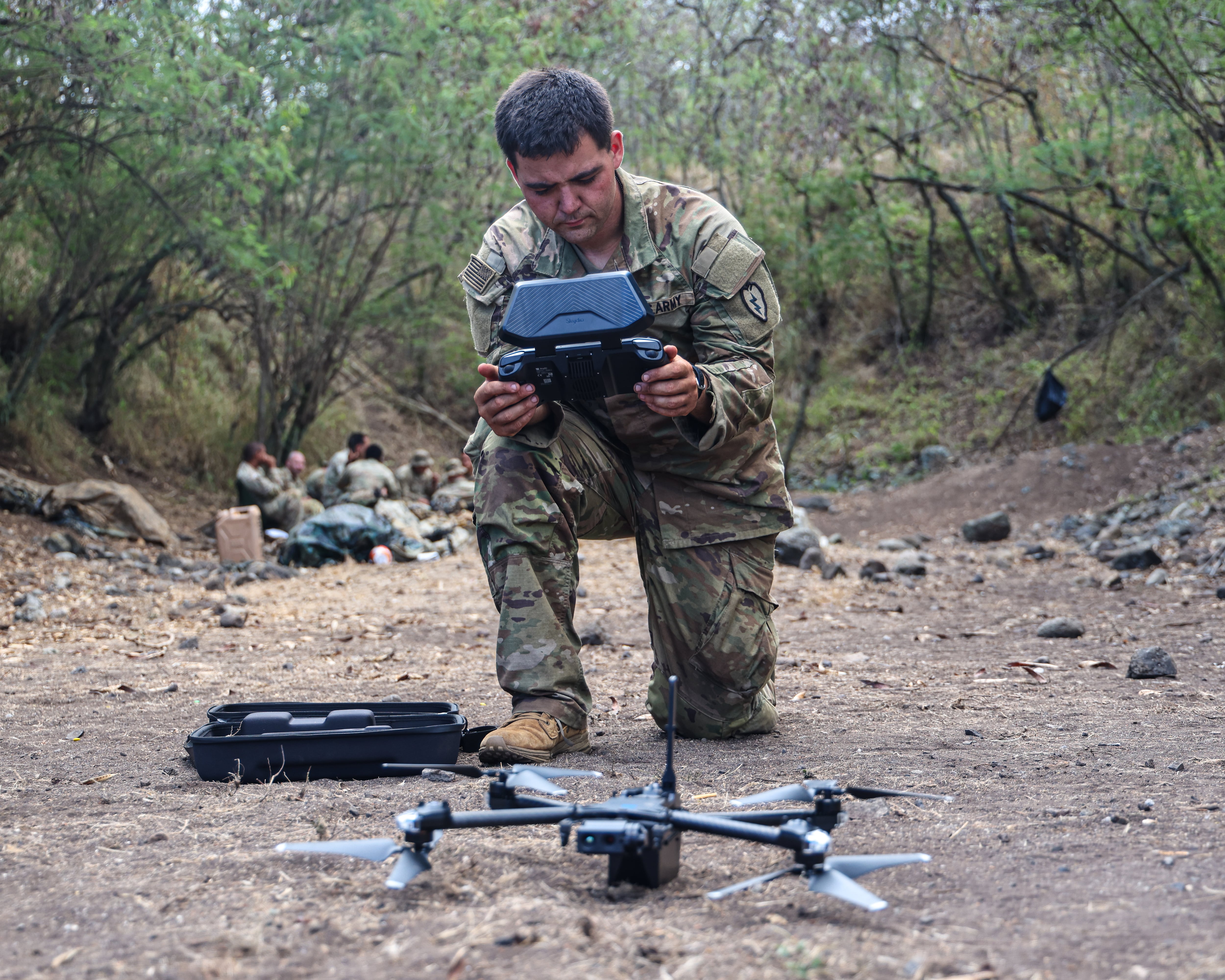
“It’s the kind of fight we would see in the Pacific, a multi-island fight on an archipelago, but it starts with a joint forcible entry operation onto an island where we set the stage against a near-peer in a large combat operation scenario,” Williams said.
Just as the 25th ID’s brigade noted what worked and what didn’t for the 101st, it will pay it forward by sending its lessons learned to the 2nd Brigade, 10th Mountain Division, the third Transformation in Contact brigade. They’ve developed a 25-question assessment framework, Williams said, which will inform their 10th Mountain Division counterparts.
The assessment will also assist the Hawaii unit as it reconfigures itself and transitions to deployment preparations for the Operation Pathways deployment next year, he said.
Todd South has written about crime, courts, government and the military for multiple publications since 2004 and was named a 2014 Pulitzer finalist for a co-written project on witness intimidation. Todd is a Marine veteran of the Iraq War.

